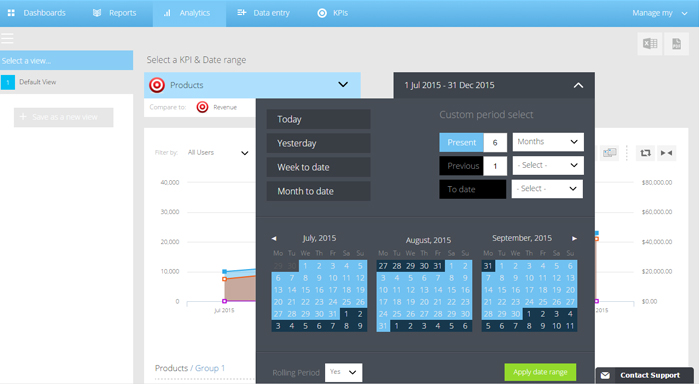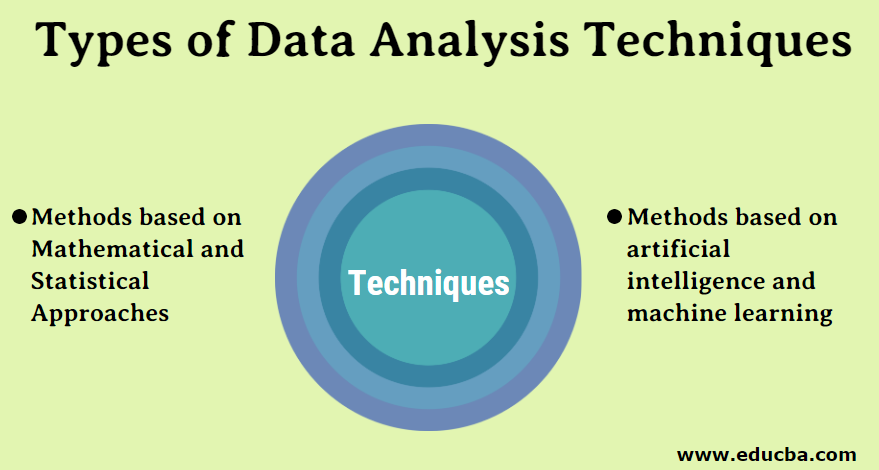

- #Basic data analytics methods using r for free#
- #Basic data analytics methods using r how to#
- #Basic data analytics methods using r professional#

The validity of your research will depend on your experimental design. In experimental research, you systematically intervene in a process and measure the outcome.

The validity of your research will depend on your sampling method. In descriptive research, you collect data about your study subject without intervening. Requires extra processing to make sure it works for your analysis.No control over how data was generated.You can collect data that spans longer timescales and broader geographical locations.Requires training in data collection methods.More expensive and time-consuming to collect.You have control over the sampling and measurement methods.Can be collected to answer your specific research question.But if you want to synthesize existing knowledge, analyze historical trends, or identify patterns on a large scale, secondary data might be a better choice. If you are exploring a novel research question, you’ll probably need to collect primary data. in a government census or previous scientific studies). Secondary research is data that has already been collected by other researchers (e.g. through surveys, observations and experiments). Primary research is any original data that you collect yourself for the purposes of answering your research question (e.g. You can also take a mixed methods approach, where you use both qualitative and quantitative research methods. Requires statistical training to analyze data.Can be used to systematically describe large collections of things.Difficult to standardize research, at higher risk for research bias.Can’t be analyzed statistically, and not generalizable to broader populations.Flexible – you can often adjust your methods as you go to develop new knowledge.If you want to develop a more mechanistic understanding of a topic, or your research involves hypothesis testing, collect quantitative data. Your choice of qualitative or quantitative data collection depends on the type of knowledge you want to develop.įor questions about ideas, experiences and meanings, or to study something that can’t be described numerically, collect qualitative data. For qualitative data, you can use methods such as thematic analysis to interpret patterns and meanings in the data.For quantitative data, you can use statistical analysis methods to test relationships between variables.Second, decide how you will analyze the data. experimental: Will you take measurements of something as it is, or will you perform an experiment? secondary: Will you collect original data yourself, or will you use data that has already been collected by someone else? quantitative: Will your data take the form of words or numbers? Your methods depend on what type of data you need to answer your research question: When planning your methods, there are two key decisions you will make.įirst, decide how you will collect data. Developing your research methods is an integral part of your research design.

Research methods are specific procedures for collecting and analyzing data.
#Basic data analytics methods using r for free#
Try for free Research Methods | Definitions, Types, Examples non-probability samplingĮliminate grammar errors and improve your writing with our free AI-powered grammar checker. They want to understand better weather patterns and requested your assistance on that. In the third section, you are heading to the meteorology bureau. In the second section, you will be helping Coal Terminal understand what machines are underutilized by preparing various data analysis tasks. You were asked to create charts showing revenue, expenses, and profit for various industries. In the first section, you will be working with financial data, cleaning it up, and preparing for analysis. After every module, you will have a robust set of skills to take with you into your Data Science career. The more you learn, the better you will get.
#Basic data analytics methods using r how to#
How to nest apply(), lapply() and sapply() functions within each other How to nest your own functions within apply-type functions How to use apply(), lapply() and sapply() instead of loops How to perform the median imputation method in R
#Basic data analytics methods using r professional#
Professional R Video training, unique datasets designed with years of industry experience in mind, engaging exercises that are both fun and also give you a taste for Analytics of the REAL WORLD. Want to truly become proficient at Data Science and Analytics with R? Ready to take your R Programming skills to the next level?


 0 kommentar(er)
0 kommentar(er)
